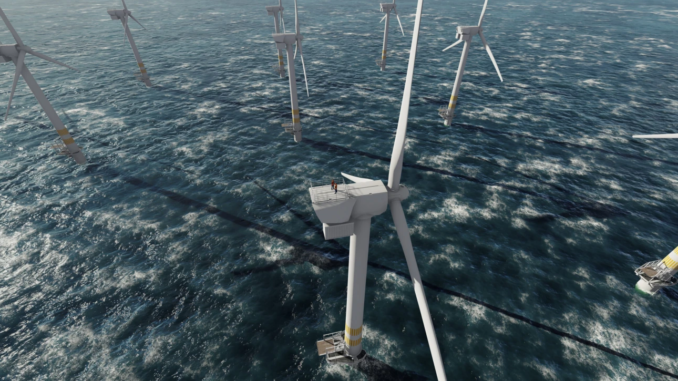
(Montel) Italy’s ambitious offshore wind plans risk faltering due to a lack of adequate government funding, particularly due to the need for more costly floating units, industry experts told Montel.
“Offshore plants risk not being built” unless incentives recently outlined by the government were raised, said Simone Togni, president of wind association ANEV.
He pointed to the country’s 110 GW of pending offshore wind authorisations, 100 GW of which were floating projects due to the depth of seabeds.
“The EUR 185/MWh offshore wind tariff is not enough”, though providing tax exemptions or linking it to inflation was an option, Togni said.
Fulvio Mamone Capria, president of offshore wind lobby group Aero, called for industrial planning as well as tariff revisions, adding it was crucial for at least two ports to be earmarked for wind industry use for construction purposes.
Urgent need
“It needs to be done as soon as possible to ensure floating production begins,” he added, suggesting Italian offshore wind could scale up to 8 GW by 2030, well above targets of 2 GW but below the 10 GW potential estimated by Anev’s Togni.
Floating units involved more “technical complications and higher costs”, said Andrea Barbabella, an analyst at the Sustainable Development Foundation in Rome.
To date only one offshore plant had been built in the country, a small unit off the Taranto coast, which “speaks volumes about costs and the need for better incentives, as this technology is objectively very difficult” compared to conventional offshore units fixed to the seabed.
The problem was with the geology as sea levels typically plunged a short distance from the shore, making the installation of fixed-bottom structures difficult, marine geologist Sandro Conticelli told Montel.
For example, the Tyrrhenian Sea west of Italy was 3,500 meters deep, while the Ionian one in the south exceeded 4,000 meters, said another marine expert Attilio Sulli.
Pending authorisation
As a result only a handful of the 70 offshore wind projects pending authorisation in Italy were fixed-bottom units and would be located in the north Adriatic, Aero’s Mamone Capria said.
“Deep seabeds are hugely costly but floating systems come with larger rotors and produce more energy,” geologist Giovanna Amedei told Montel.
Spain and France have similar issues affecting offshore wind development.



